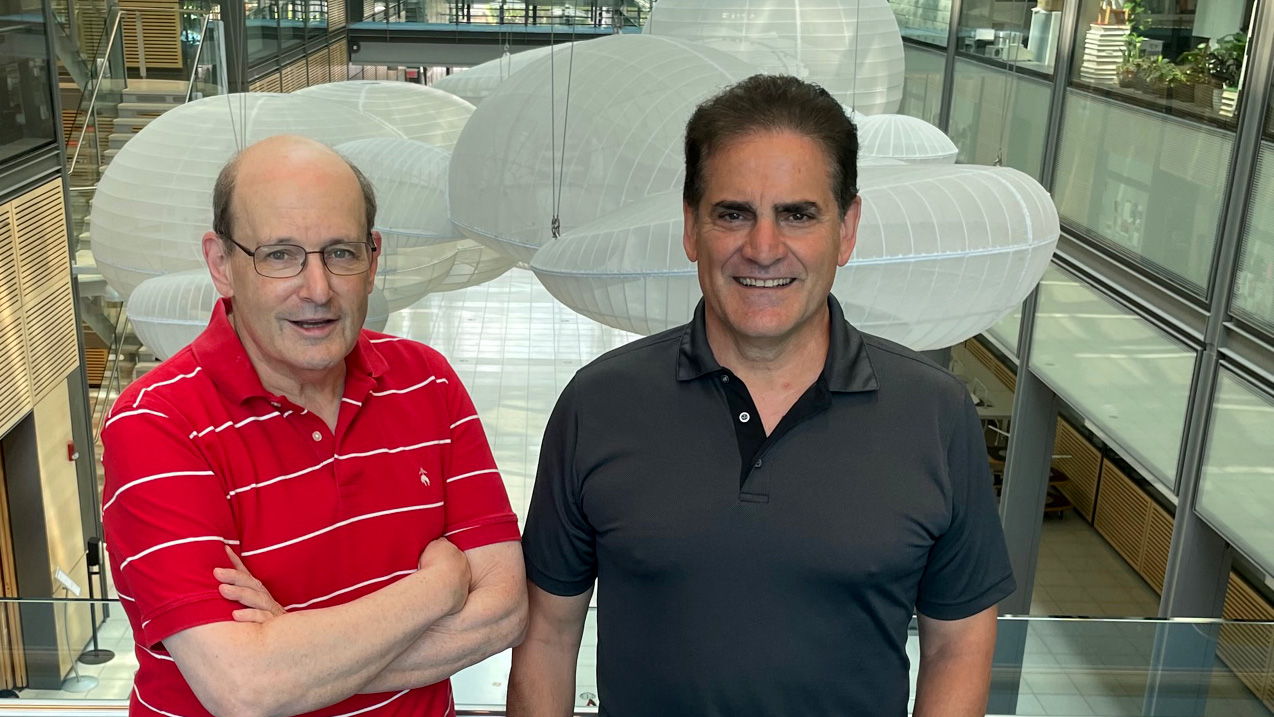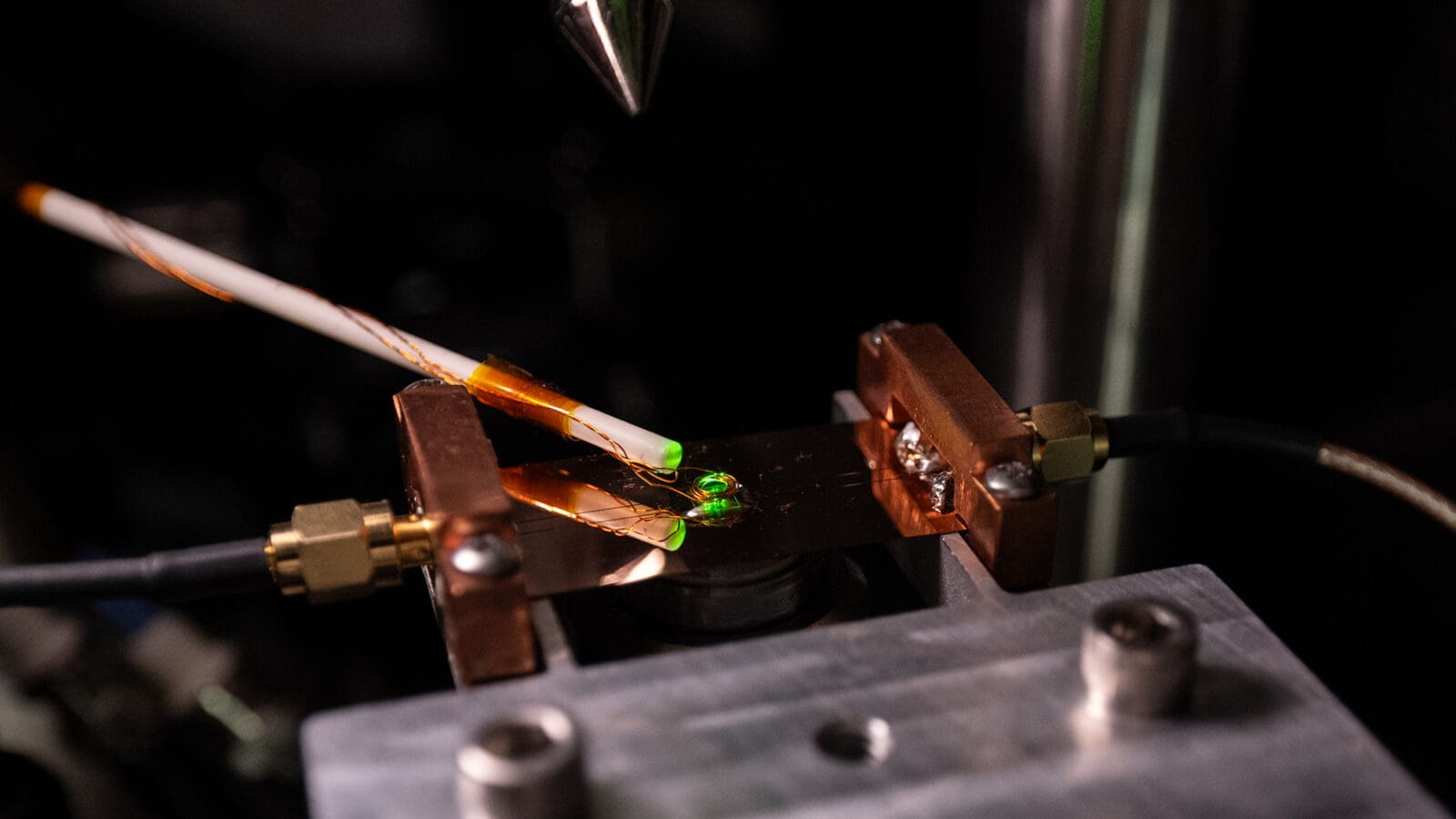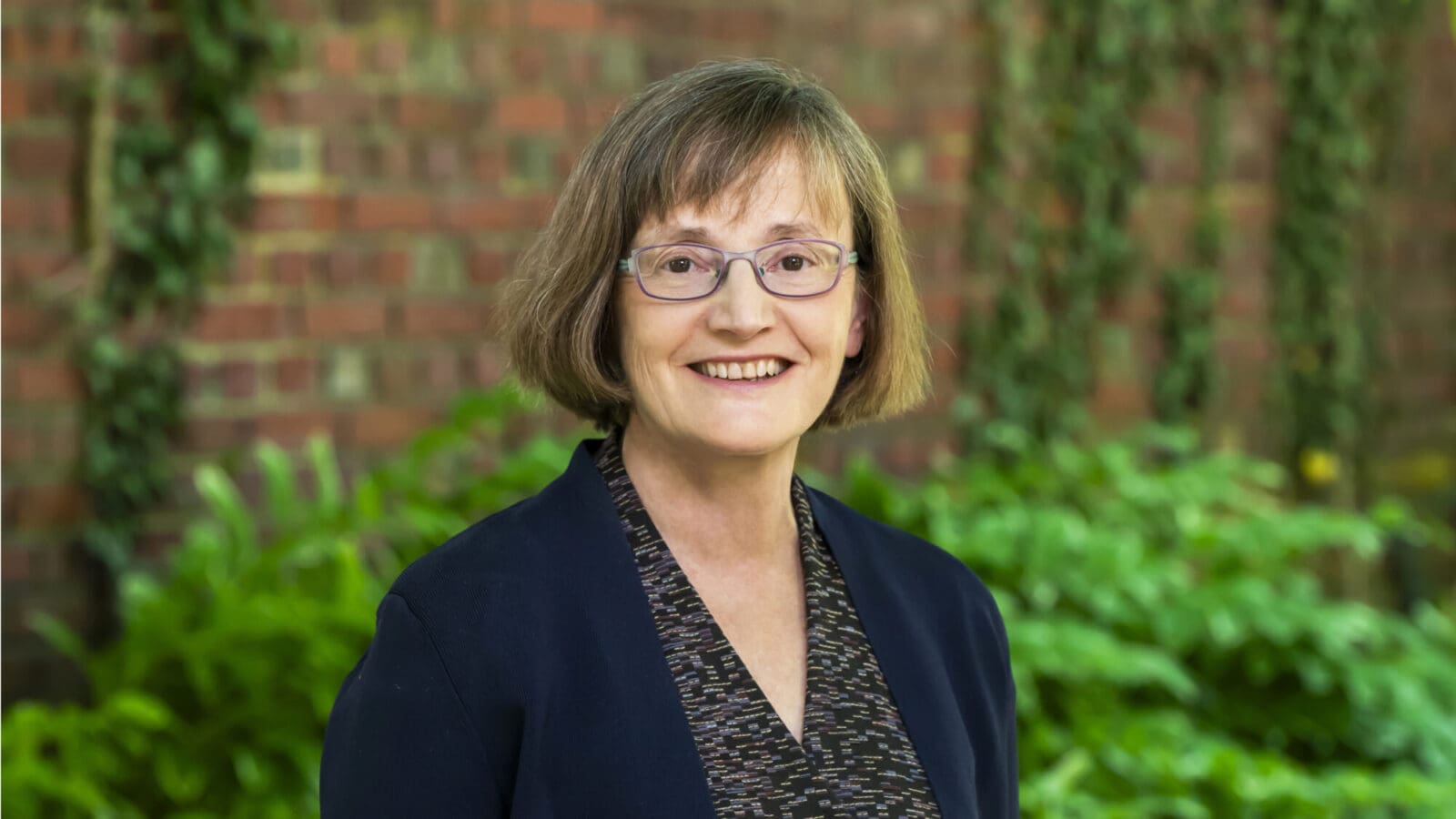
Research on hyperuniformity started as a quest of curiosity. Now the U.S. Army is funding work on its surprising uses
By
on
Now the U.S. Army is giving $6 million over five years to further develop the research and the unexpected range of uses that have emerged from the discovery, which the researchers dubbed “hyperuniformity.”
“This started out as an abstract endeavor,” said Torquato, Princeton’s Lewis Bernard Professor of Natural Sciences, and a professor of chemistry and the Princeton Institute for the Science and Technology of Materials. “We were interested in fundamental, theoretical questions.”
Two start-up companies, one in telecommunications and another in 3D printing, have grown out of the hyperuniformity work and hundreds of other research groups have cited Torquato and Stillinger’s 2003 paper. In addition to these commercial uses, the research has yielded insights into pure mathematics, including a surprising hyperuniform pattern in the arrangement of prime numbers.
“I had no idea it was going to have these amazing connections,” Torquato said.
The U.S. Army grant, announced in March, is part of the Multidisciplinary University Research Initiative (MURI) from the Department of Defense. It was awarded to Torquato and Paul Steinhardt, Princeton’s Albert Einstein Professor in Science and professor of physics, and to colleagues at Arizona State University and Penn State University. With the new funding, which started in August, the group is further investigating the ability of disordered but hyperuniform materials to transport photons, phonons, electrons, and other waves – an ability that is key to modern optical and electronic communications technologies.
Many materials such as glasses and liquids do not have molecular structures with regular crystal patterns that are common to metals, silicon or other solids. In these disordered materials, the conventional wisdom was that examining longer and longer stretches of the material would result in observing exponentially more variants in the arrangements of molecules. However, the discovery by Torquato and Stillinger showed that for some materials this growth in variation is suppressed, so when viewed along longer stretches, they look a lot more like ordered materials. Consequently, they also can behave more like solid materials in their transport of electromagnetic waves.
The measurement of hyperuniformity also proved to be a general yardstick for understanding and classifying the structures of all manner of materials, whether disordered liquids or crystalline solids, including quasicrystals, or even large-sized arrangements of objects such as cells in a chicken’s eye, stars in a galaxy, or trees in a forest.
“Introducing the concept of hyperuniformity has made scientists realize that disorder can take many different forms leading to an enormous variety of novel materials, structures and networks with distinctive physical properties that will explored and exploited for decades to come,” said Steinhardt.
Torquato said a key feature of the new grant is that it pulls together researchers from a range of disciplines and institutions. The research team includes experts in the structure and measurement of networks, such as the science behind the worldwide web and telecommunications networks, to understand how transport works and can be engineered within hyperuniform materials.
The team includes Reka Albert and Mikael Rechtsman of Penn State and Yang Jiao of Arizona State, who have expertise in hyperuniformity and network science.
“Such a concentrated effort by superb scientists will quicken the pace of research in the burgeoning field of hyperuniformity in a way that is not possible with single-investigator grants,” Torquato said. “I expect exciting discoveries to come out of this multidisciplinary research effort.”





